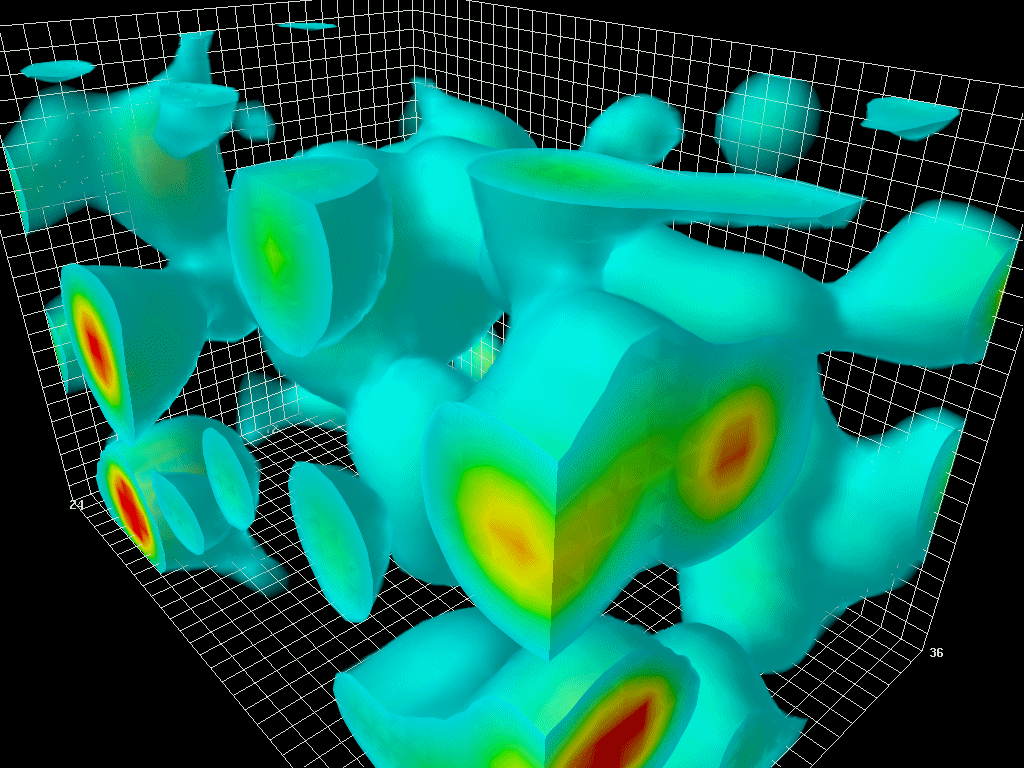Geothermal and nuclear but if you're talking about FAAAAR in the future: red dwarfs and stellar remnants trying to conserve as much energy as possible. 100 quadrillion years in the future there's only black dwarfs. Whatever our power-plants can produce. Even further?? The last energy source would be the slow decay of black holes (hawking radiation). We could power simulations of humanity and they would also be artificially slowed down to save energy. Eventually protons and neutrons will decay (this depends on the standard model) so stars and planets will disintegrate 10^36-10^38 years after that it's only blackholes. The 10^100 years is theoretical heat death. Pure darkness with
assumption that protons decay. Super massive black holes will slowly decay through hawking radiation (and eventually evaporate) and push heat death to 10^109 years. The last few patches of subatomic particles will wind down to their lowest energy state.
There's also some hope, some quantum fluctuation might eventually spark a new reality into existence.
There is a chance there is some life not bound to the fate of the heat death given the time scale. There is also the implication of the existence of higher and higher universes that envelope smaller and smaller universes like a jawbreaker.
Or there could type 4 civilizations (maybe we will achieve that one day given enough time). The power of the continuum (like Star Trek's Q). The power of dark energy. Type 5 could be stealing energy from a parallel universe.
Will it just be the 1%? 1% is a misleading term IMHO. Likely many people will die in the first stages of colonization. You asked about humanity collectively as a species surviving.
In the US 1% is under $6 million net worth. Far from the billionaire class. Thats not even making $1 million a year. So the term is a little misleading to me.
European hubs top the list, with Monaco requiring $12.9 million to join the top 1% club.

www.visualcapitalist.com

en.wikipedia.org
We will terraform insides of structures that we construct from asteroid rubble. Ceres alone could produce usable surface area roughly 2000 times bigger than Earth's surface, assuming rubble thickness that provides the same shielding as Earth's atmosphere.
I foresee colonizing the solar system although not with the Dave Dyson sphere but a bunch of free orbiting stations – cylinders with gravel walls (packed in carbon fiber sleeves) roughly 3 m thick that we would live inside. Ceres alone would provide enough gravel to build habitats with total surface area equal to 2000 times Earth's surface. The gravel walls would not spin much (just enough to distribute the heat of sunlight), and inside each thick cylinder would be an airtight thinner-walled cylinder that would spin to create artificial gravity. If we carve of the moons of Jupiter we can get over a million Earth's worth of space without even touching the planets themselves...
Or, the universe may be slowly traversable. If we were just a little more advanced than we are now, but with the same physics (just applied on a larger scale), we could cross to the nearest stars in a few tens of thousands of years. That would be quite doable for machines, or for spacecraft carrying sperm and eggs and artificial wombs, and potentially for humans in suspended animation. Or, if we solve aging, what's a few tens of thousands of years in a very long life?
Or we discover a new understanding of physics to achieve FTL capability.








